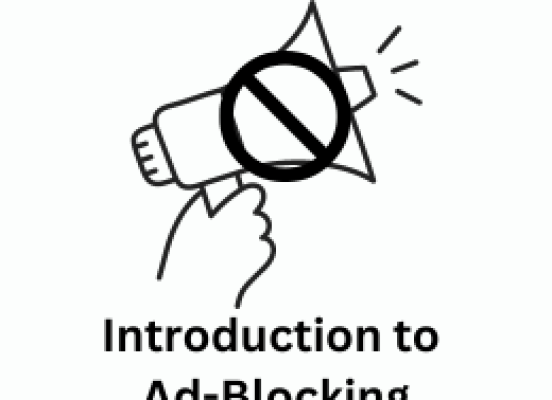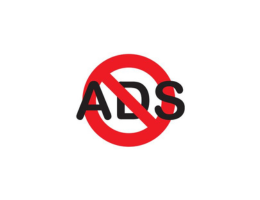
Introduction to Ad-Blocking: What is it and How Does it Work?
- By admin --
- Thursday, 11 May, 2023
Ad-blocking refers to the practice of using software or browser extensions to prevent advertisements from being displayed on websites or mobile applications. Ad-blockers are designed to remove or block various types of advertising content, including banners, pop-up windows, video ads, and tracking scripts.
Here's a detailed explanation of how ad-blocking works:
-
Detection: When a user visits a website, the web browser sends a request to the server hosting the site. Along with the request, the browser also sends a series of HTTP headers, including the "User-Agent" header. Ad-blockers use the User-Agent information to identify themselves to the server as ad-blockers.
-
Filter Lists: Ad-blockers rely on filter lists to determine which elements on a web page should be blocked. These lists contain rules and patterns that help identify and block specific elements associated with advertisements. Filter lists are regularly updated to include new ad formats and patterns.
-
Content Blocking: Once the ad-blocker receives the web page's content, it analyzes the HTML and CSS code to identify and block elements matching the rules in the filter lists. This process involves checking the webpage's code against patterns such as class names, IDs, and URLs associated with advertisements.
-
Element Hiding: In addition to blocking ads, some ad-blockers offer an element hiding feature. This feature allows users to manually select and hide specific elements on a web page, even if they are not classified as advertisements by the filter lists.
-
Performance Optimization: Ad-blockers often provide performance improvements by preventing the loading of resource-heavy advertisements. By blocking ads, users can experience faster page load times, reduced bandwidth consumption, and improved overall browsing speed.
-
Privacy and Security: Ad-blockers can also enhance user privacy and security. Many online ads contain tracking scripts that monitor user behavior and collect personal data. Ad-blockers effectively block these scripts, reducing the amount of information that can be gathered about a user's browsing habits.
-
Whitelisting and Customization: Some ad-blockers offer whitelisting options, allowing users to exempt specific websites or domains from ad-blocking. This feature is useful for supporting websites that rely on advertising for revenue. Additionally, users can customize their ad-blocker settings to block or allow specific types of ads, depending on their preferences.
It's important to note that while ad-blocking can provide a more streamlined and private browsing experience, it can also have implications for content creators and website owners who rely on advertising revenue to sustain their operations. Some websites implement measures to detect ad-blockers and may request users to disable them or pay for an ad-free experience as an alternative revenue model.





